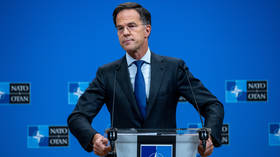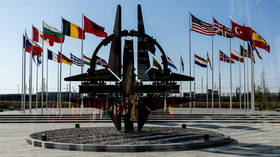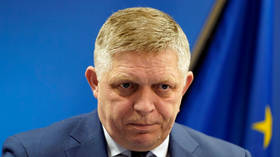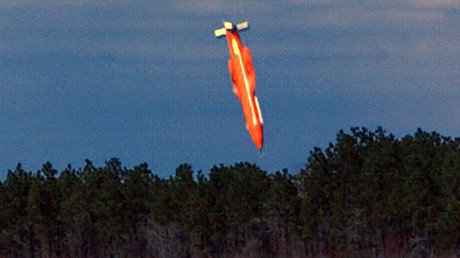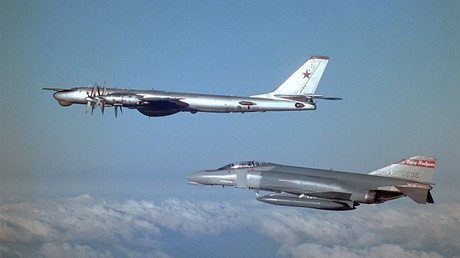Was he a Stasi officer? Mystery surrounds ‘discovery’ of Putin’s East German ‘intel ID’
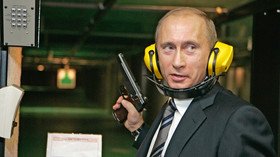
Reports have gone viral that Russian President Vladimir Putin may have had a Stasi ID issued to him during his service in East Germany in the 1980s – but is the find legitimate and is it really that big of a deal?
Germany’s Bild tabloid newspaper published a photo on Tuesday of an East German secret police (Stasi) identity card purportedly issued to Vladimir Putin when he served as a KGB officer in Dresden during the Cold War.
The green identity card bears the official name of the Stasi – the Ministry for State Security – along with a photograph of Putin and an ID number printed along the bottom.
As KGB spy in Dresden - Putin’s secret Stasi ID discovered https://t.co/yNdqBVr8m4
— BILD Politik (@BILD_Politik) December 11, 2018
Bild claimed the document was found in the Dresden Stasi office’s department of “cadres and education” and was issued to a Major Vladimir Putin on December 31, 1985, remaining valid until the end of 1989.
If the ID card is legitimate, it would mean that when Putin was serving in Germany, he “wouldn’t have had to tell anyone he worked for the KGB,” according to Konrad Felber, the head of the Dresden authority in charge of studying the Stasi archives. That would have made it easier for him to recruit agents – one of his roles with the KGB, which has been the cause of much fascination and speculation among Western media.
But does the card mean that Putin worked directly for the Stasi? Not exactly.
A Stasi ID card belonging to Vladimir Putin has been found in the archives in Dresden. Described as a 'small sensation', it doesn't mean that Putin worked for the Stasi, just that KGB officers may also have had Stasi ID cards, too. https://t.co/48qbITHhSKpic.twitter.com/s6ueHKXgfq
— EastGermanyOnline (@DDROnline) December 11, 2018
Retired FSB general Alexander Mikhailov told Russian news service Ria Novosti that Bild could speculate all it wanted, but that the card was “most likely” just a pass which would have “allowed entry” to the Dresden Stasi building. That building, he said, might have had a room “where our officers could write and store files” – a common practice at the time, he explained.
It was a similar situation back in the USSR, where officers from Warsaw Treaty intelligence services also required entry permits to work at KGB offices in Moscow, and those passes “looked like KGB IDs,” Mikhailov said.
The Kremlin itself neither confirmed nor denied the reports, but didn’t seem too fazed by the topic. Presidential spokesperson Dmitry Peskov said that during the time period in question, the KGB and Stasi were “partner services” and therefore “you couldn’t rule out exchanges of such IDs.”
Also on rt.com MSNBC’s top ‘Russia expert’ thinks Putin was KGB directorThere’s also a curious detail about the card which seems to have been overlooked. If this really was a photograph taken for an ID card, it’s strange that Putin is looking towards the right in the picture rather than straight ahead at the camera, which is normal practice for official identity documentation.
The diagonally-striped tie Putin is wearing in the picture also seems to have been one of his favorites from his days in Germany. He was also seen wearing it in family photographs with his wife and daughter.
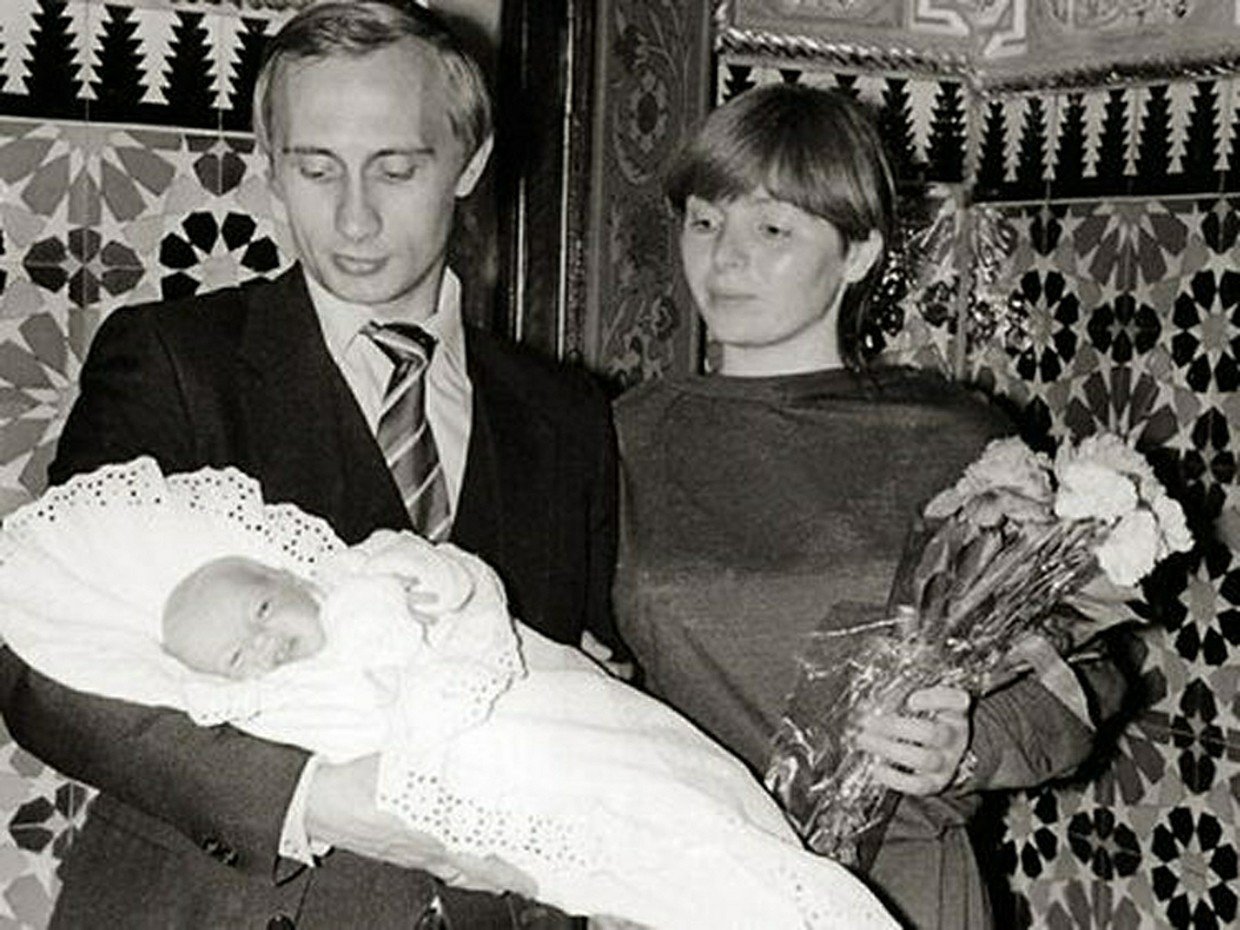
Like this story? Share it with a friend!



